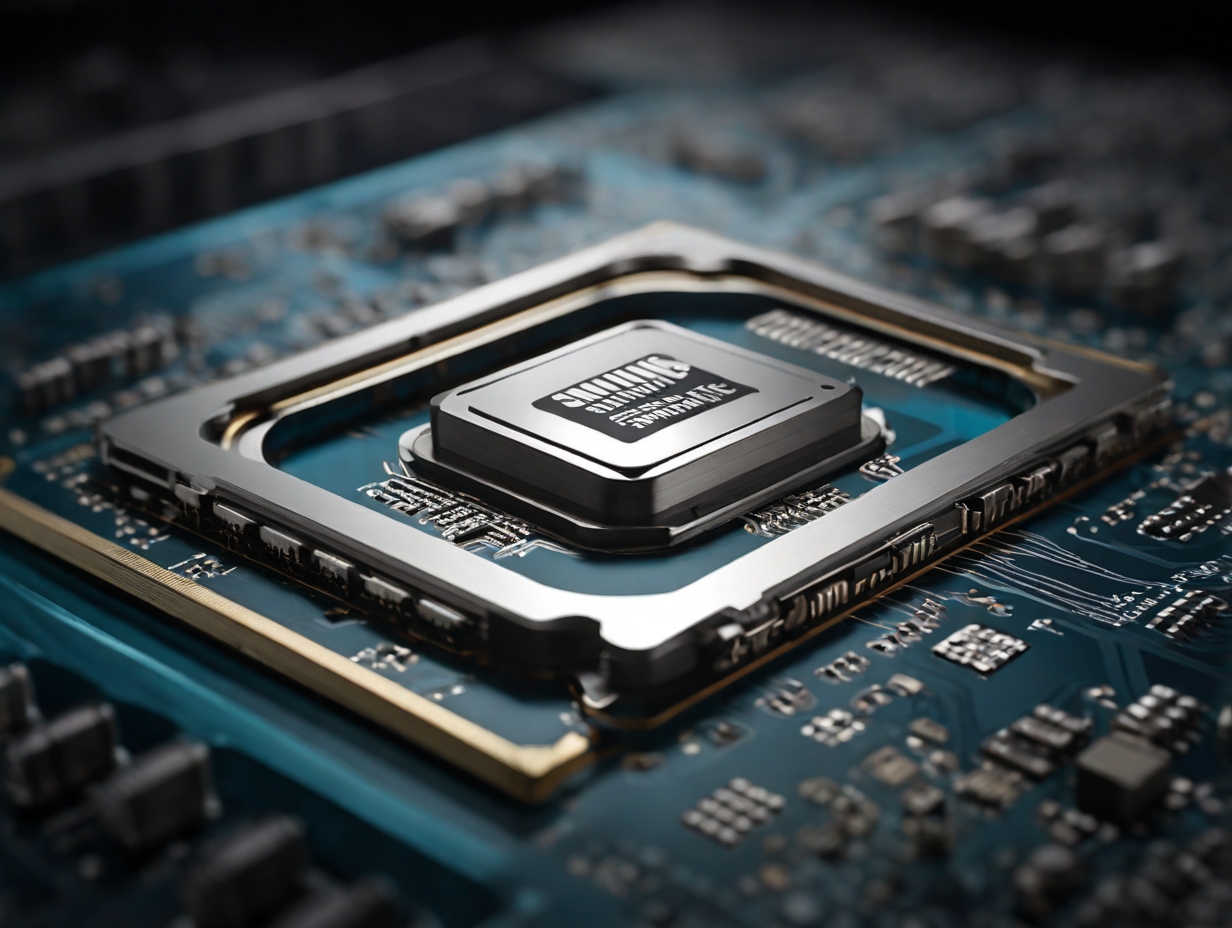Samsung Electronics has initiated orders for innovative chipmaking equipment to enhance production efficiency and compete in the AI processor market. This move, as reported by Reuters, aims to elevate the yield of its high bandwidth memory (HBM) chips, a strategic endeavor to secure business from prominent AI processor manufacturer Nvidia.
Adoption of mass reflow molded underfill (MR-MUF) technique
Samsung is set to implement the mass reflow molded underfill (MR-MUF) technique, a cutting-edge approach pioneered by its competitor, SK Hynix. By integrating this method, Samsung anticipates a significant surge in the production yield of its HBM chips. Although mass production utilizing MR-MUF is slated to commence as soon as possible next year, pending rigorous testing, the company remains steadfast in its pursuit of technological advancement.
While Samsung refutes claims of technology transition, asserting the superiority of its current non-conductive film (NCF) method, insider sources suggest otherwise. It is speculated that Samsung will adopt a hybrid approach, employing NCF and MR-MUF techniques for future high-end chips.
Notably, the yield for Samsung’s latest HBM chip using NCF stands at a modest 10 to 20 percent, starkly juxtaposed with SK Hynix’s impressive 60 to 70 percent yield. This strategic maneuver bolsters Samsung’s competitiveness in the fiercely contested semiconductor landscape.
In its pursuit of excellence, Samsung engages in discussions with various suppliers, including Japan-based Nagase, to secure the requisite materials for MR-MUF. This strategic collaboration underscores Samsung’s commitment to leveraging global expertise and resources to fortify its position in the market. Such partnerships are pivotal in seamlessly transitioning to advanced manufacturing techniques and sustaining a robust supply chain ecosystem.
Market implications and industry outlook
The introduction of Samsung’s latest HBM chip, the HBM3E, heralds a new chapter in high-performance computing. With mass production slated for the first half of this year, industry analysts anticipate heightened competition in the AI memory segment.
TrendForce’s research findings indicate Nvidia’s strategic intent to diversify its HBM suppliers, underscoring the importance of a resilient and efficient supply chain. Against this backdrop, Samsung’s proactive measures to enhance chip yields and forge strategic partnerships signal its unwavering commitment to technological innovation and market leadership.
SK Hynix’s remarkable turnaround
Reflecting on the industry landscape, SK Hynix’s Chief Financial Officer, Kim Woohyun, highlighted a remarkable resurgence in revenue during the final quarter of 2023. He attributed this turnaround to the company’s technological prowess in AI memory. SK Hynix’s resurgence underscores the dynamic nature of the semiconductor market, where innovation and technological leadership are paramount for sustained success.




